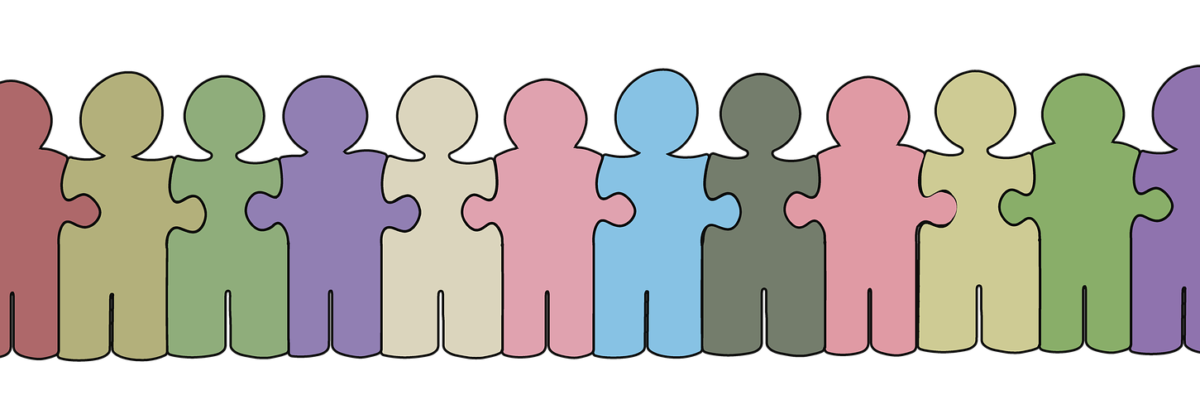The notion of copyright–actually a set of rights held by the originator of a creative work–is an old and important one. Copyright establishes the sole right of a work’s creator to publicize, duplicate, modify, and sell that work. Its current essential form, in which copyright is established and protected for creators by the government, dates back over 300 years, to the British Parliament and the Statute of Anne in 1710. Indeed, one of the earliest laws in the newly-formed United States of America was the Copyright Act of 1790. While the details and mechanisms of copyright protection have evolved over the years both in the U.S. and worldwide, the notion that creators enjoy some rights and require some protections has been a vital component of creative and intellectual progress.
My graduate coursework this week has focused on the new challenges and opportunities presented by the fast-growing world of digital learning when it comes to questions of copyright. Digital tools and global connectivity mean that it is now possible to share more information, and to do so faster and more easily, than the authors of the Copyright Act of 1790 or the 1710 Statute of Anne would have ever imagined. With these new capabilities come new questions, both practical and philosophical. How does one protect a digital artist’s exclusive right to create and sell copies of her own work when anyone with an internet connection can copy that work with a single mouse click? In an emerging “remix culture,” what differentiates between an original and a derivative work? Where does one draw the line between protecting a creator’s right to control the use of their work and the need of society for a free flow of information?
The most interesting part of examining these questions this week has been understanding just how much the idea of copyright protection is open to interpretation; the notion of “fair use,” which gives non-copyright holders the right to make free use of copyrighted works under particular circumstances in the name of scholarship and free expression, seems almost expressly designed to be decided on a case by case basis. Indeed, as the Center for Media & Social Impact reports,
Copyright law does not exactly specify how to apply fair use….This means taking all the facts and circumstances into account to decide if an unlicensed use of copyrighted material generates social or cultural benefits that are greater than the costs it imposes on the copyright owner (n.d.).
This flexibility is perhaps the most fascinating part of copyright law; it suggests an arena where policy and law are a living, breathing thing, always in flux and always ripe for transformation. It calls to mind some of the characteristics of digital learning: inquiry-based learning based on the needs and circumstances at hand, and a constant adaptability to changing situations and capabilities. As old ideas of copyright interact with new ideas of information sharing, the intersection of the two will shape the rights and responsibilities of creators and consumers alike.
REFERENCES
Center for Media & Social Impact (n.d.). Code of best practices for fair use in media literacy education. Retrieved from https://cmsimpact.org/code/code-best-practices-fair-use-media-literacy-education/#code


